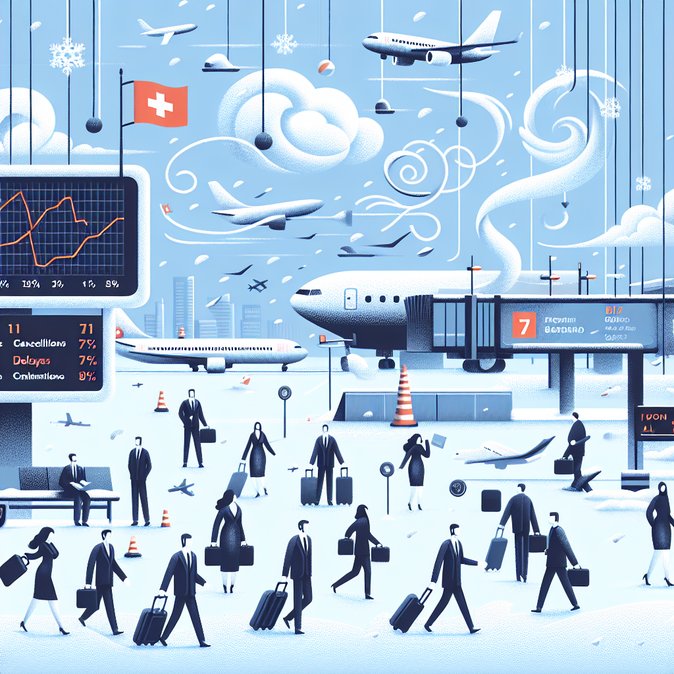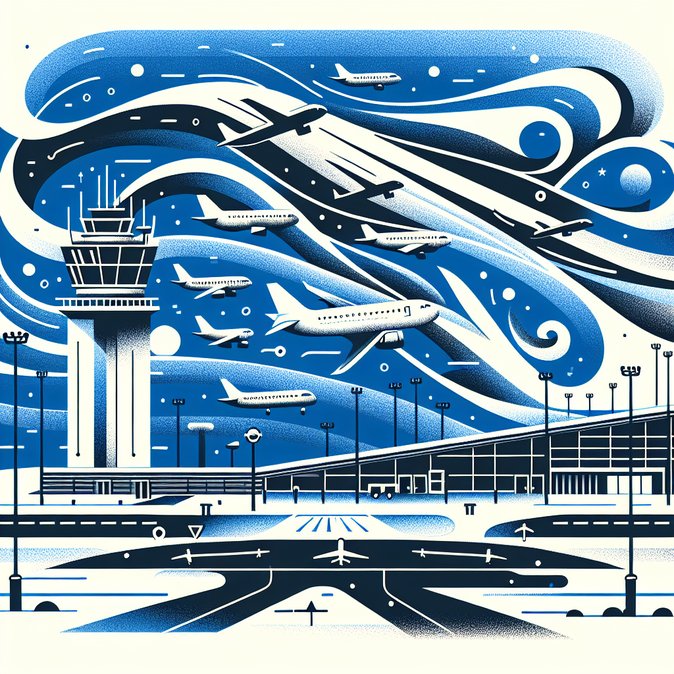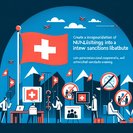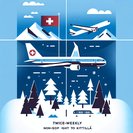
Business travellers passing through Switzerland on 13 November endured an unwelcome reminder that winter weather and staffing gaps can combine to snarl even the best-run airports. Severe coastal winds sweeping across north-western Europe coincided with rolling air-traffic-control (ATC) staff shortages, forcing 30 flight cancellations and 449 delays continent-wide. Swiss International Air Lines (SWISS) cancelled a block of early-morning rotations from both Geneva and Zurich, while partner Lufthansa diverted several Zurich-bound flights to Basel and Milan to ease ramp congestion.
According to operational data quoted by Travel & Tour World, Zurich Airport’s on-time departure rate fell to 71 percent—well below its 12-month average of 84 percent. Passport-control queues at the Airside Center stretched to 40 minutes as re-ticketed passengers rushed to catch new connections. Although the disruption was modest compared with the peaks seen in July, corporate mobility managers noted that it hit high-yield travellers connecting to long-haul banking and pharma routes.
![Storms and ATC Staff Shortages Disrupt Flights at Swiss Hubs]()
MeteoSwiss had issued a low-pressure alert 18 hours earlier, but many passengers were unaware that French and Benelux ATC units were also running with skeleton crews as they trained staff on the forthcoming Schengen Entry/Exit System (EES). Eurocontrol now warns of a 12 percent capacity gap this winter, suggesting that similar flash disruptions could recur.
For employers, the incident underscores the value of real-time disruption dashboards and proactive re-accommodation policies. SWISS rebooked most passengers automatically but limited hotel vouchers to delays exceeding six hours under EU261 rules. Companies relying on self-service booking tools should prompt travellers to accept automated options rather than queue at service desks, mobility advisers say.
While Thursday’s cancellations were cleared by late afternoon, travel-risk teams are bracing for further volatility as EES biometric enrolment slows boarding-gate workflows and winter weather intensifies. Duty-of-care specialists recommend trip-approval templates that factor in a 30-minute buffer for intra-Schengen connections through Zurich or Geneva from now until March 2026.
According to operational data quoted by Travel & Tour World, Zurich Airport’s on-time departure rate fell to 71 percent—well below its 12-month average of 84 percent. Passport-control queues at the Airside Center stretched to 40 minutes as re-ticketed passengers rushed to catch new connections. Although the disruption was modest compared with the peaks seen in July, corporate mobility managers noted that it hit high-yield travellers connecting to long-haul banking and pharma routes.

MeteoSwiss had issued a low-pressure alert 18 hours earlier, but many passengers were unaware that French and Benelux ATC units were also running with skeleton crews as they trained staff on the forthcoming Schengen Entry/Exit System (EES). Eurocontrol now warns of a 12 percent capacity gap this winter, suggesting that similar flash disruptions could recur.
For employers, the incident underscores the value of real-time disruption dashboards and proactive re-accommodation policies. SWISS rebooked most passengers automatically but limited hotel vouchers to delays exceeding six hours under EU261 rules. Companies relying on self-service booking tools should prompt travellers to accept automated options rather than queue at service desks, mobility advisers say.
While Thursday’s cancellations were cleared by late afternoon, travel-risk teams are bracing for further volatility as EES biometric enrolment slows boarding-gate workflows and winter weather intensifies. Duty-of-care specialists recommend trip-approval templates that factor in a 30-minute buffer for intra-Schengen connections through Zurich or Geneva from now until March 2026.










